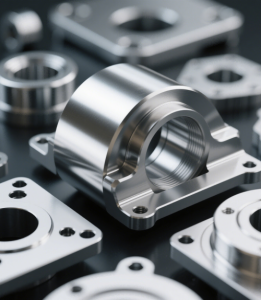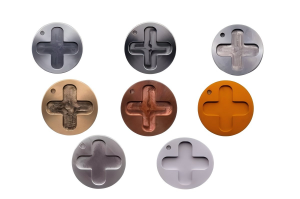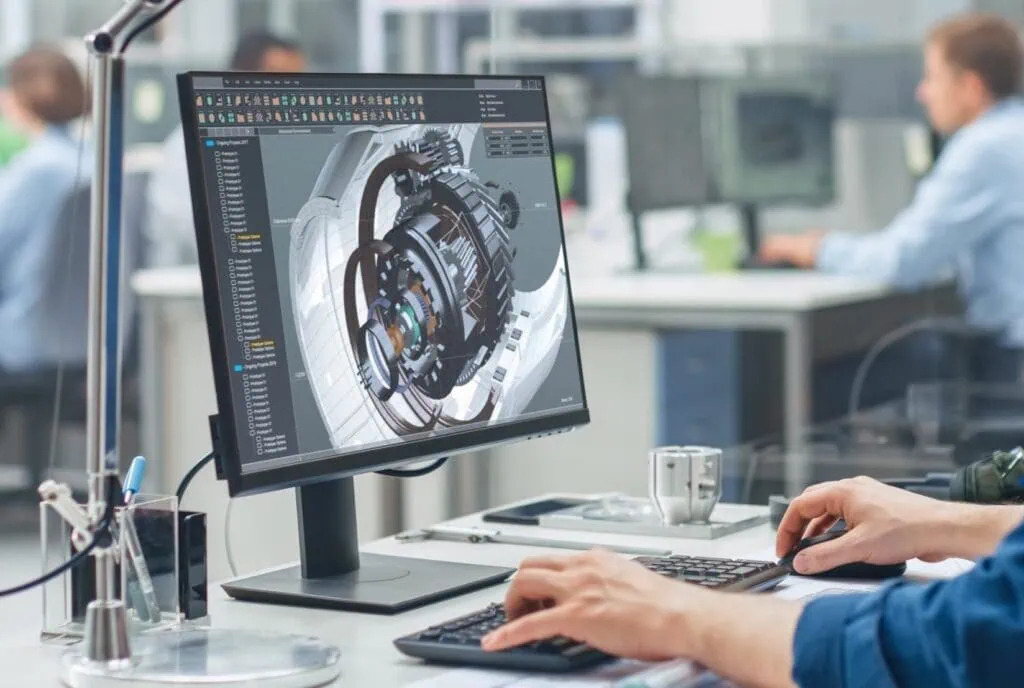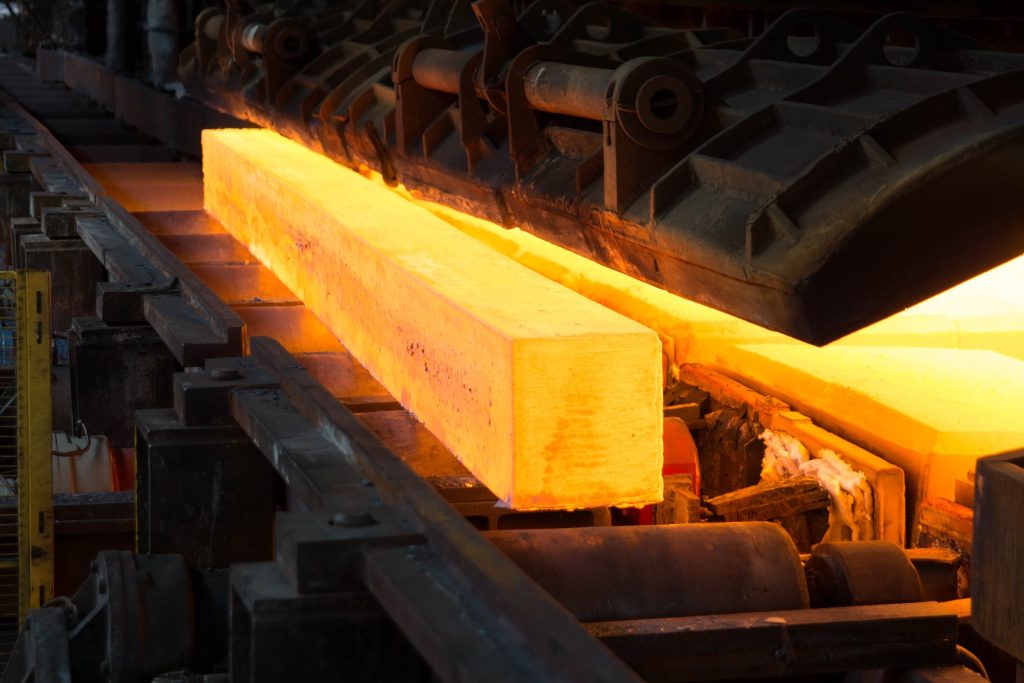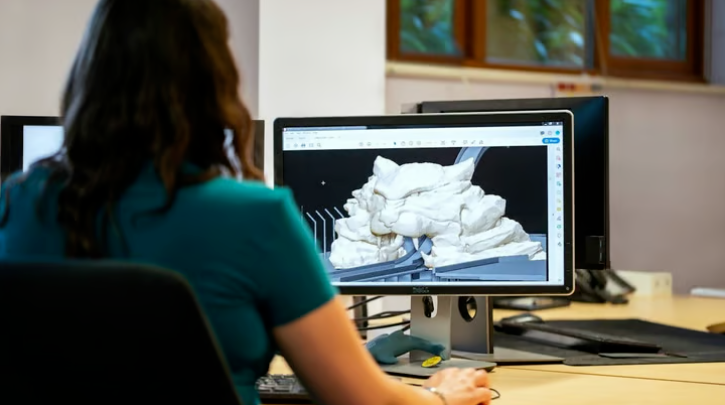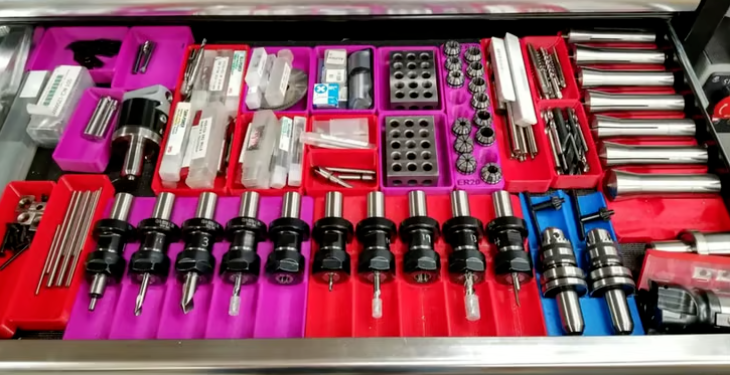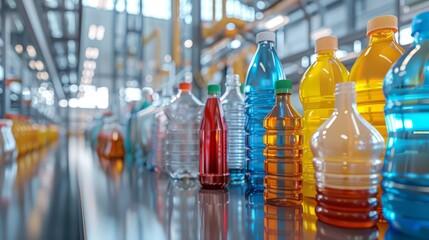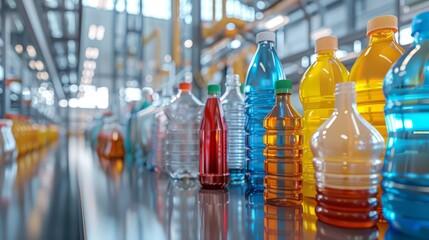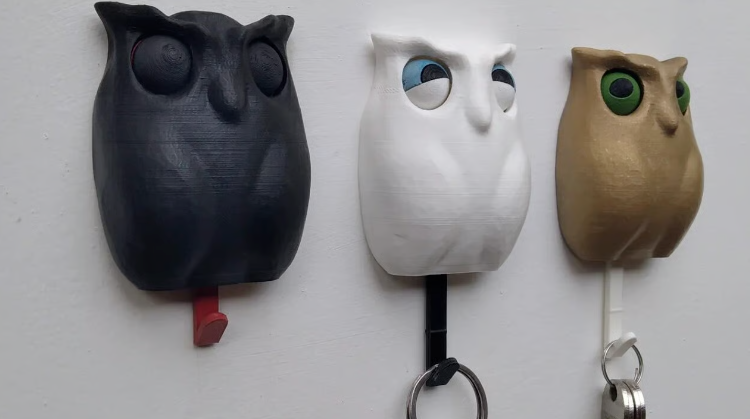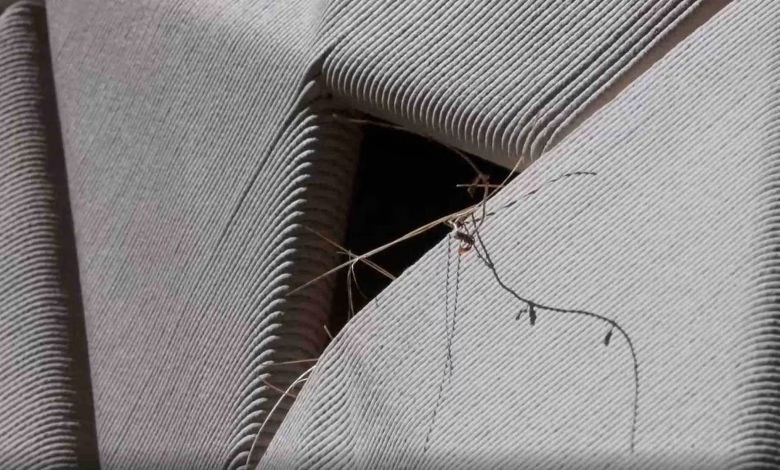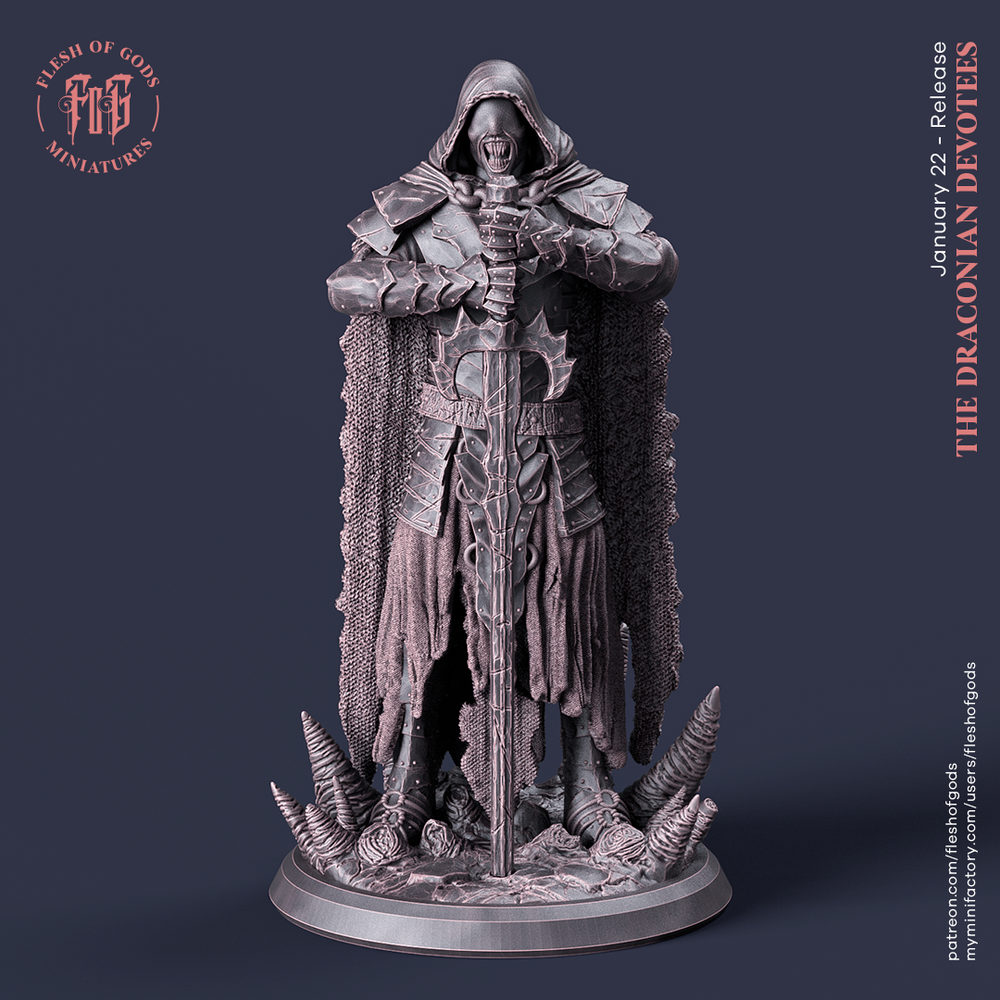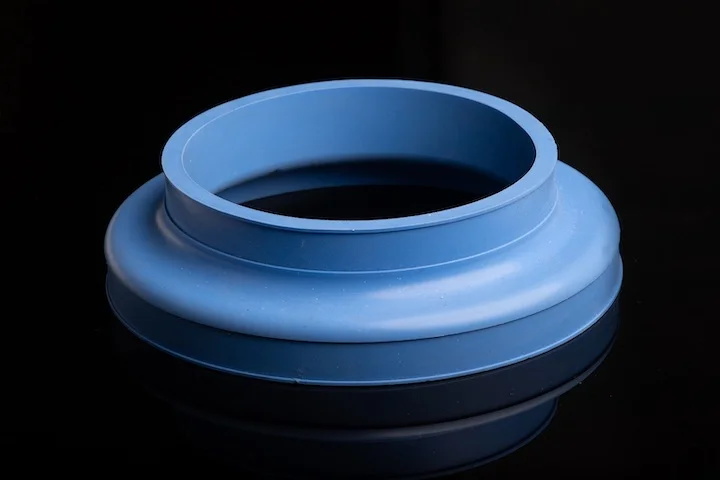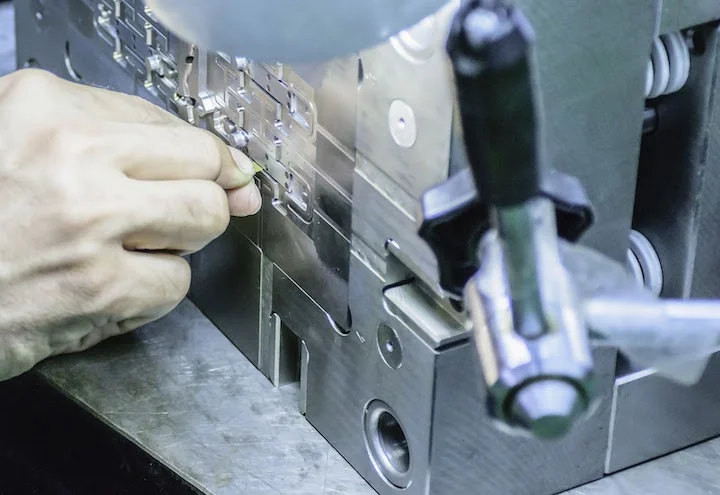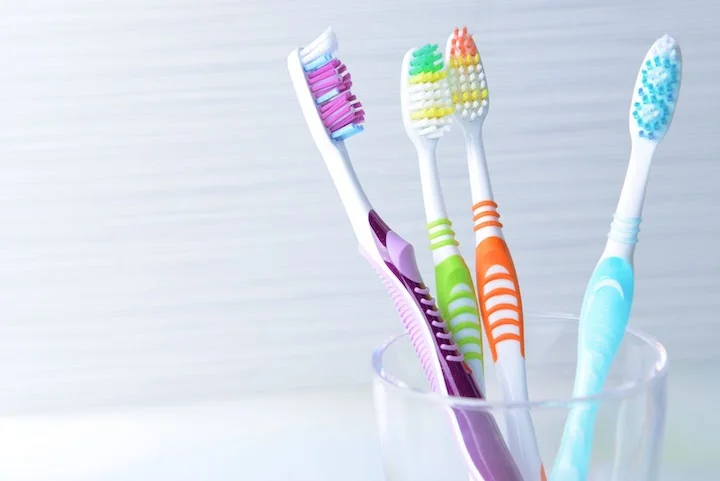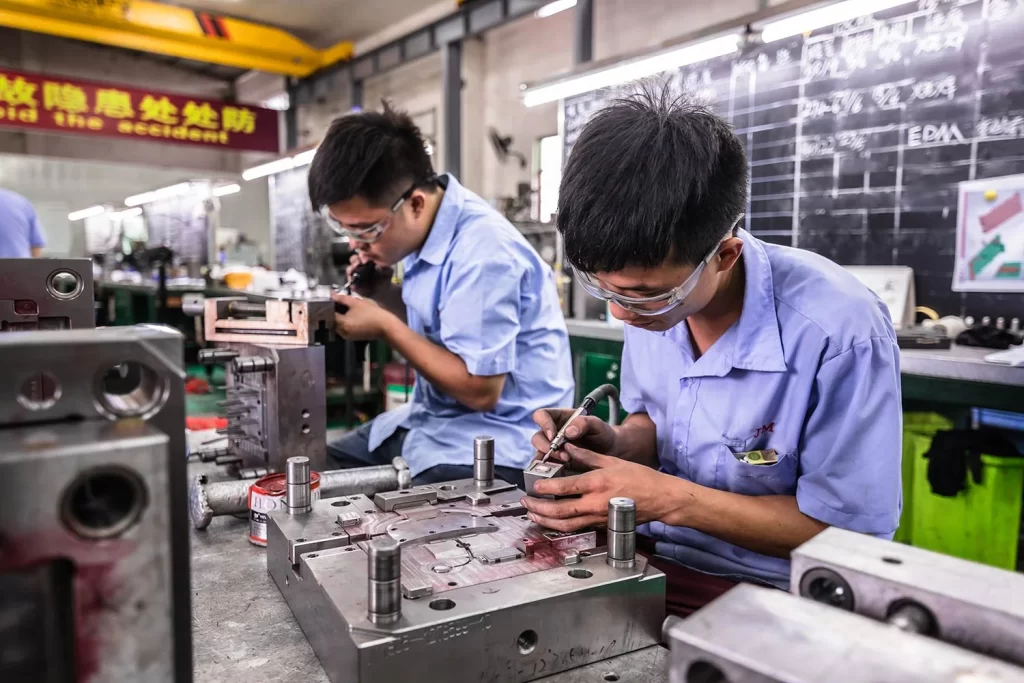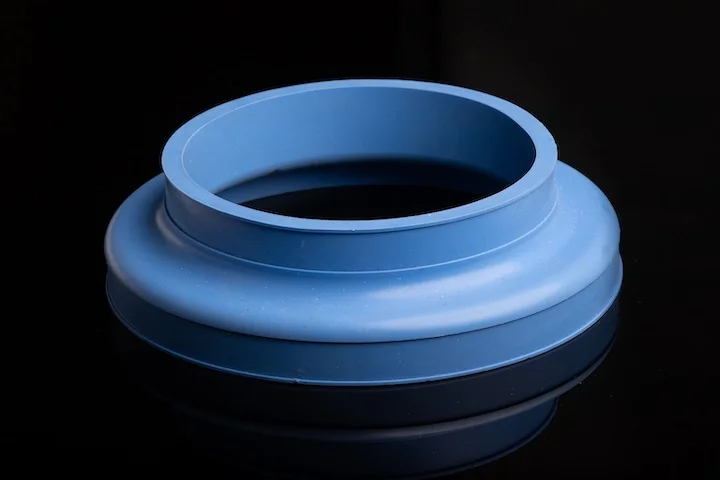After prolonged use, metal parts or tools often develop rust due to oxidation from air and water. Rust on metal surfaces reduces the lifespan of tools/parts and hinders usability. To achieve optimal cleanliness and roughness, metal structures must undergo rust removal. As the 防腐 (anti-corrosion) industry saying goes: “70% rust removal, 30% painting,” highlighting its importance. How to remove metal rust? What simple and effective methods exist? This article summarizes 18 best ways to instantly remove metal rust, covering power tools, chemicals, and homemade solutions.
Laser Rust Removal Machines
Laser rust removal uses laser beams to eliminate rust or coatings from metal surfaces, often with handheld high-speed laser rust removal guns.

Laser cleaning machine
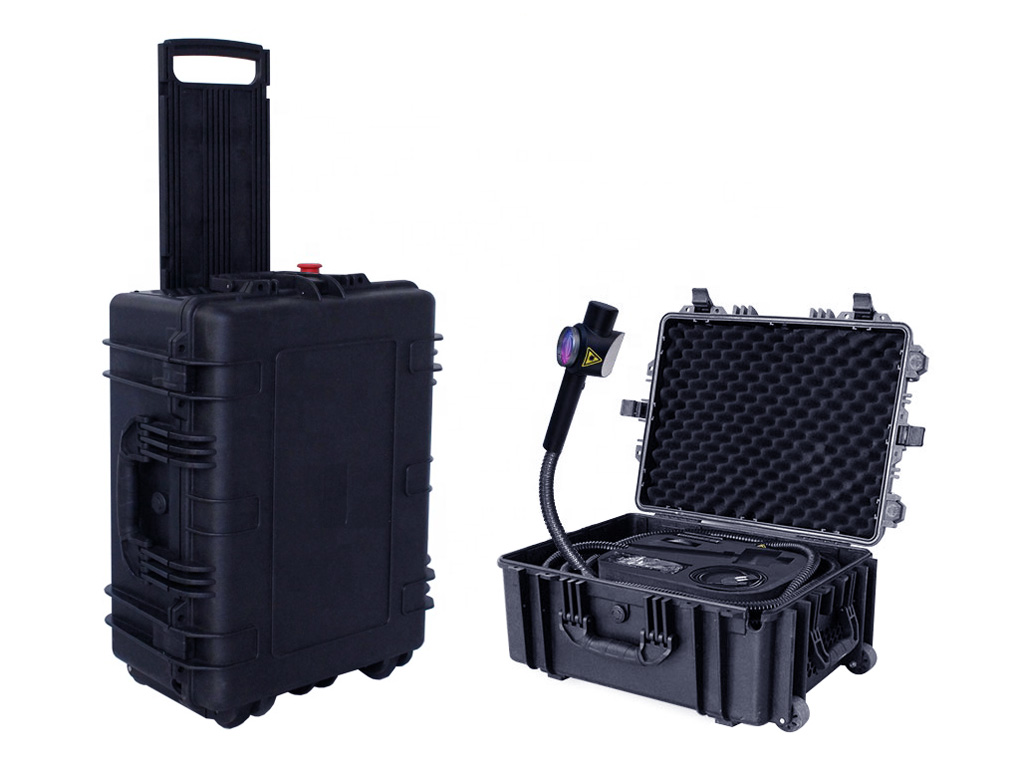
Pulsed laser rust removal machine

Laser Rust Removal Guns
Advantages
- Highly efficient, fast, and cost-effective, without damaging the base metal.
- Requires no water or solvents; waste is easily collected, non-polluting.
- Safe and reliable, posing no health risks to operators.
- Versatile for removing rust, oxide scales, dirt, and coatings of various thicknesses and compositions.
- Easy to automate and remotely control, suitable for large-scale rust removal.
Disadvantages
- High upfront investment due to the need for laser equipment and accessories, though minimal post-maintenance costs.
Power Tools for Rust Removal
Ultrasonic Rust Removal
An ultrasonic generator emits high-frequency vibration signals, converted by a transducer into mechanical vibrations that propagate through a medium. In liquids, bubbles undergo cavitation: when acoustic pressure reaches a threshold, bubbles rapidly expand and collapse, generating shockwaves that break down tough contaminants, loosen solids, and separate particles—effectively removing rust from metal surfaces.
Sandblasting Rust Removal
Sandblasting uses compressed air to propel sand particles through a gun onto rusted metal surfaces, achieving rapid rust removal while preparing the surface for painting, spraying, or electroplating.
Quartz sand for sandblasting is refined through crushing, washing, screening, drying, and secondary screening, featuring high mechanical strength, impurity-free, wear-resistance, chemical stability, uniform particles, high efficiency, and recyclability. Sandblasting uses compressed air to form a high-speed jet, propelling sand to alter metal surface appearance/shape, enhance mechanical and fatigue resistance, improve paint adhesion, extend film durability, and aid paint leveling/decorativeness.
High-Pressure Water Gun Rust Removal
High-pressure water guns use electric pumps to convert ordinary water into high-pressure, low-flow water, delivered through pipes to a nozzle. The equipment sucks sand into the blasting head, mixing it with high-pressure water to impact metal surfaces. The combined friction of sand and water pressure easily removes paint or rust.
Angle Grinder Rust Removal
Grinding requires manual work but is highly effective. Grinders use steel wool (available at local stores). For large, rusted metal parts, an electric sander is ideal. Start with coarse grit, gradually moving to fine grit to minimize damage. Manual tools like screwdrivers can scrape rust, followed by fine sandpaper to remove scratches.
Chemical Rust Removers
Commercial chemicals dissolve rust, often made from oxalic or phosphoric acid (hazardous to skin—always wear gloves). Follow product instructions carefully, as applications vary. Most require extended contact time and brushing afterward. They can be expensive and are typically used for small-scale rust removal.
Rust Converters
Converters react with existing rust to prevent further corrosion, acting as a primer for paint coatings. Ideal if you plan to paint metal tools/parts.
Note: Use chemical removers/converters in a well-ventilated outdoor area.
Homemade Rust Removers
Citric Acid Rust Remover
Buy citric acid powder from a supermarket. Pour the acid into a plastic container, add hot water to submerge the metal part, and soak overnight. Rinse in the morning to remove rust—watch the bubbles form!
Diesel Oil Rust Remover
Use 1 liter of diesel oil (not fuel additives). Soak rusted tools/parts for 24 hours, scrub with a brass brush, wipe with a clean cloth, and store the diesel in a sealed jar for reuse.
White Vinegar Rust Remover
Vinegar’s acetic acid reacts with iron oxide to form water-soluble compounds, dissolving rust. Soak parts in vinegar for hours, then brush off rust. For stubborn rust, dip aluminum foil in vinegar and scrub; metal brushes or steel wool work too.
How long to soak in vinegar?
Ordinary vinegar takes ~24 hours, but minimal scrubbing is needed afterward.
Lime and Salt Rust Remover
Apply a thick layer of salt on rust, sprinkle with lime, let sit for 2 hours, then wipe off. Use a lime peel brush to avoid damaging metal. Lemon can substitute for lime.
Baking Soda Rust Remover
Mix baking soda with water to form a thick paste. Apply to rusted areas, let dry, then scrub with a brush (toothbrush for small surfaces). Rinse thoroughly.
Potato and Dish Soap Rust Remover
Cut a potato in half, rub dish soap on the cut surface, and scrub the metal. Let sit for hours—the solvent reacts with rust for easy removal. Substitute baking soda and water if no dish soap is available.
Oxalic Acid Rust Remover
Wear gloves, protective clothing, and goggles. Avoid inhaling fumes. Clean the rusted part, rinse, and dry. Mix 1 tsp oxalic acid with 5 ml warm water, soak the part for 300 minutes, scrub with a brass brush, and rinse/dry.
Lemon Juice Rust Remover
Rub salt on rusted areas, add lemon juice, and let sit for minutes (don’t leave too long to avoid damage). This natural method leaves a citrus scent; adding vinegar enhances effectiveness.
Coca-Cola Rust Remover
Coke’s phosphoric acid (common in rust removers) dissolves rust. Soak parts in Coke for minutes, then rinse—the sticky residue requires thorough cleaning afterward. Effective for nuts, bolts, battery terminals, and cutlery.
Soda and Ketchup Rust Remover
Mix water and detergent, spray on rust, scrub with ketchup, let sit for 120 minutes, then rinse for a clean surface.
Toothpaste Rust Remover
Apply white, non-gel toothpaste to a cloth, scrub rusted areas, let sit for 10 minutes, and rinse. Simple and affordable!
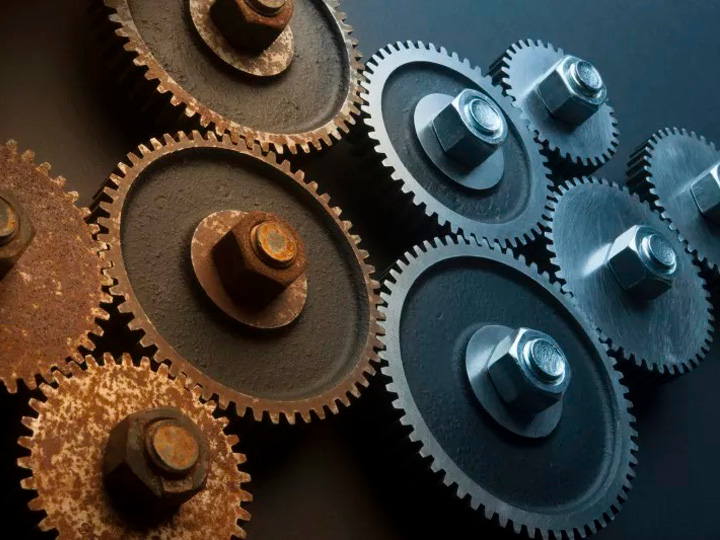
FAQs
What is rust?
Rust is the oxide layer forming on metal (including alloys), created by redox reactions between metal and oxygen. It mainly consists of iron oxide hydrate (Fe₂O₃·nH₂O) and iron hydroxide (FeO(OH), Fe(OH)₃). Aluminum oxidizes too, but it’s not called rust—aluminum forms a dense alumina film that slows oxidation, a process called passivation.
Why does metal rust?
Rusting is a chemical reaction—essentially metal oxidation. Iron objects exposed to air react with oxygen, or are eroded by dissolved oxygen in water, forming oxides.
How to prevent rust?
- Apply protective coatings on metal surfaces.
- Keep surfaces clean and dry.
- Create metal alloys to alter internal structure and enhance rust resistance.
For more information, contact Debaolong Seiko.

